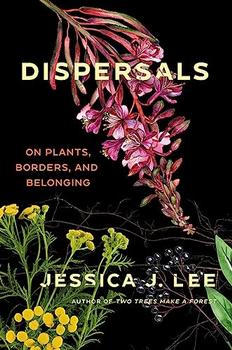Reading Guide Questions

Please be aware that this discussion guide will contain spoilers!
- Compare Manil Suri to other Indian novelists writing in English. In what
ways does he use similar devices and tropes as Salman Rushdie or Arundhati
Roy? In what ways is his writing unique?
- Which characters did you find the most compelling? The least?
- The Death of Vishnu is envisioned by Suri as the first part of a
trilogy. Did it feel like the beginning of a larger work? Were there, for
example, issues that remained unresolved at its end?
- Considerations of space figure prominently in the novel. Whether it’s
the landing that is Vishnu’s “home” or the running dispute between the
Pathaks and the Asranis over their shared kitchen, there is a constant
feeling that no one has enough room. What do you make of this, especially in
light of the fact that Suri has described his novel, at least on one level,
as a socio-political allegory for India?
- Vishnu is, it seems, an odd mix of power and powerlessness. In Mr.
Jalal’s vision he crushes helpless people in his many mouths, but in
ascending the steps, he cannot even crush an ant. What are we to make of
this incongruity?
- Discuss the place of food in the novel (mangoes, tea biscuits, bananas)
and its relationship to memory and emotion.
- Vishnu’s progress up the stairs and his series of transformations is set
against the daily lives of the apartment’s inhabitants, lives characterized
by a lack of progress, by a stultifying stasis, where dreams of upward
mobility in a material sense are always disappointed. What do you make of
this juxtaposition?
- In a book that is interwoven with and undergirded by a sort of Hindu
teleology, what place do the Jalals, a family of Muslims, occupy?
- Also, if the apartment building functions as a sort of microcosm for the
ethno-political map of India, what does it mean that the Jalals end up as
they do: each member of the family either beaten or abandoned, all of them
lost in some way or another?
- Along with functioning as a metaphor for India, The Death of Vishnu
is, according to Suri, a sort of Hindu allegory, with Vishnu tracing the
path of the soul in his ascent of the building steps. What do you think each
of the apartments is meant to represent?
- Running through the novel there is the fabric of Hindu mythology, but
there is also, it seems, another mythology: movies. Several of the
characters see their lives through the lens of Bombay cinema. What is the
relationship between these two religions, one sacred, one profane? How does
each pervade the other? Discuss, for example, Suri’s use of colors or
Vishnu’s vision, near the end of the novel of his own life as a movie.
- What are we to make of the last scene of the novel, with the impish,
blue-tinged boy?
Unless otherwise stated, this discussion guide is reprinted with the permission of Harper Perennial.
Any page references refer to a USA edition of the book, usually the trade paperback version, and may vary in other editions.




